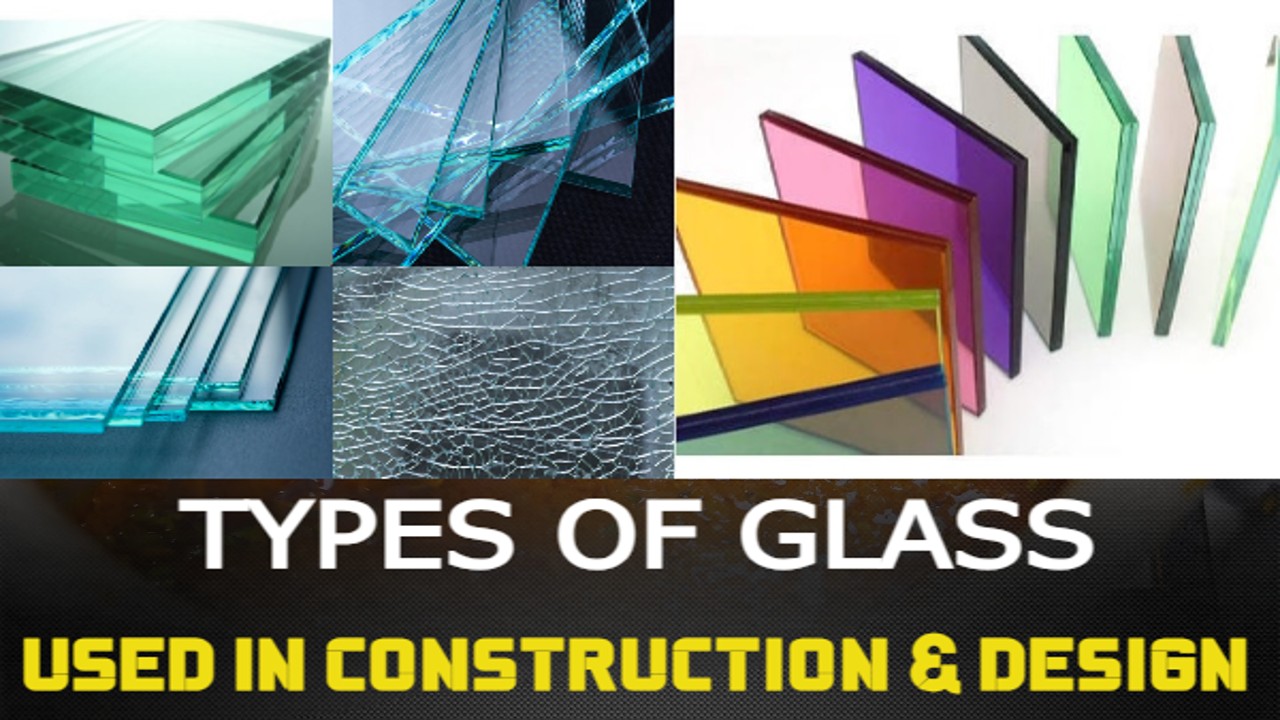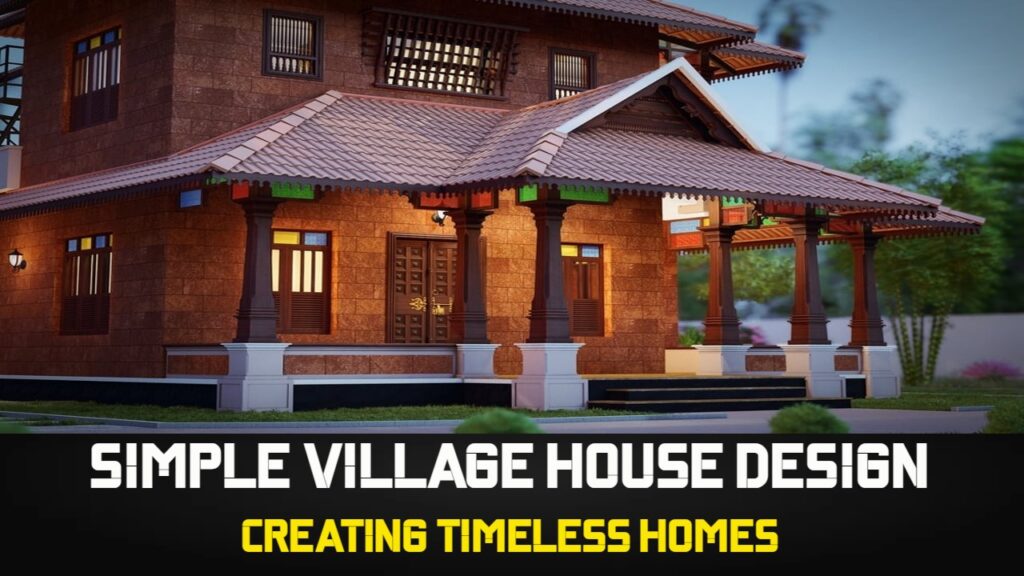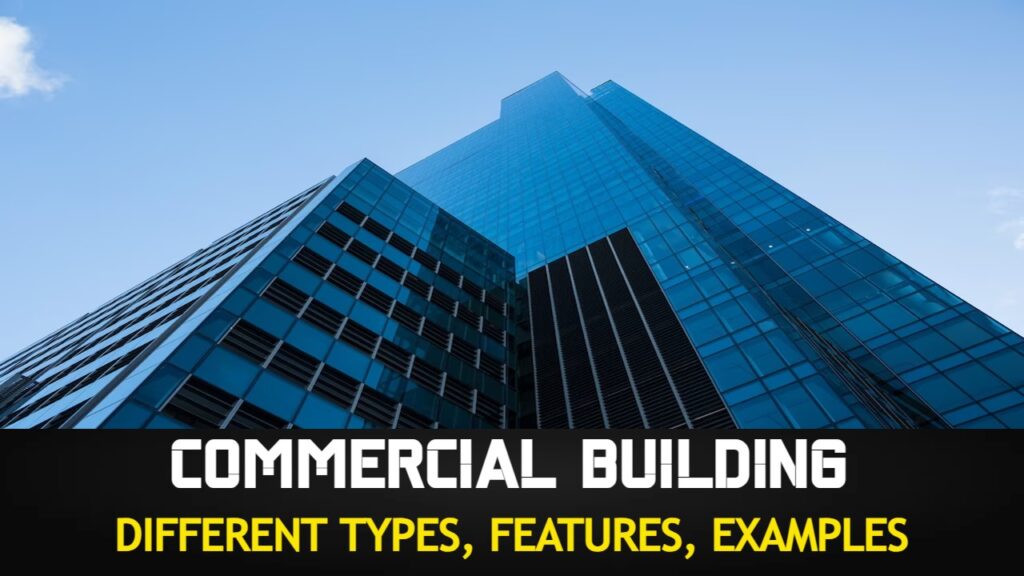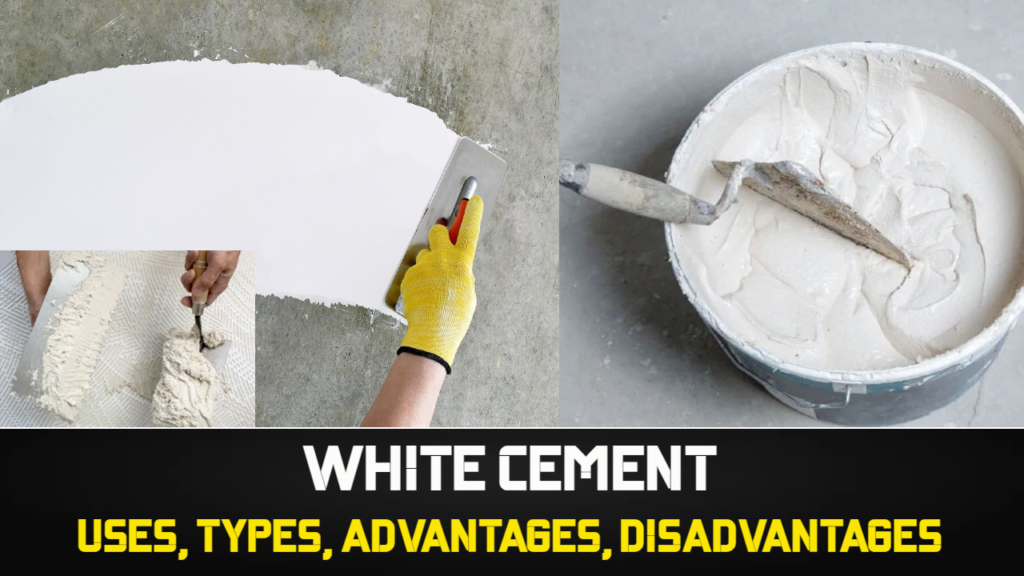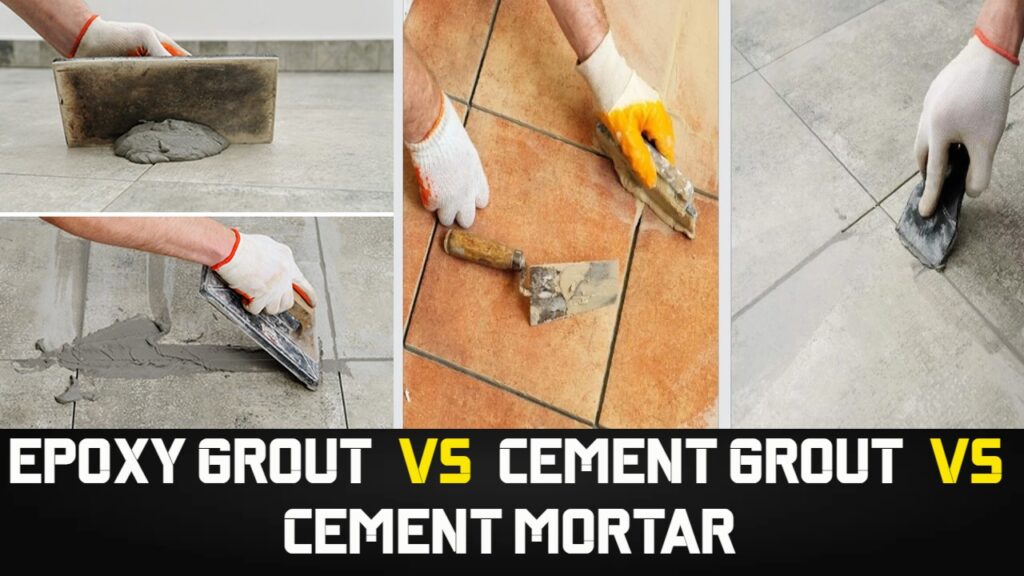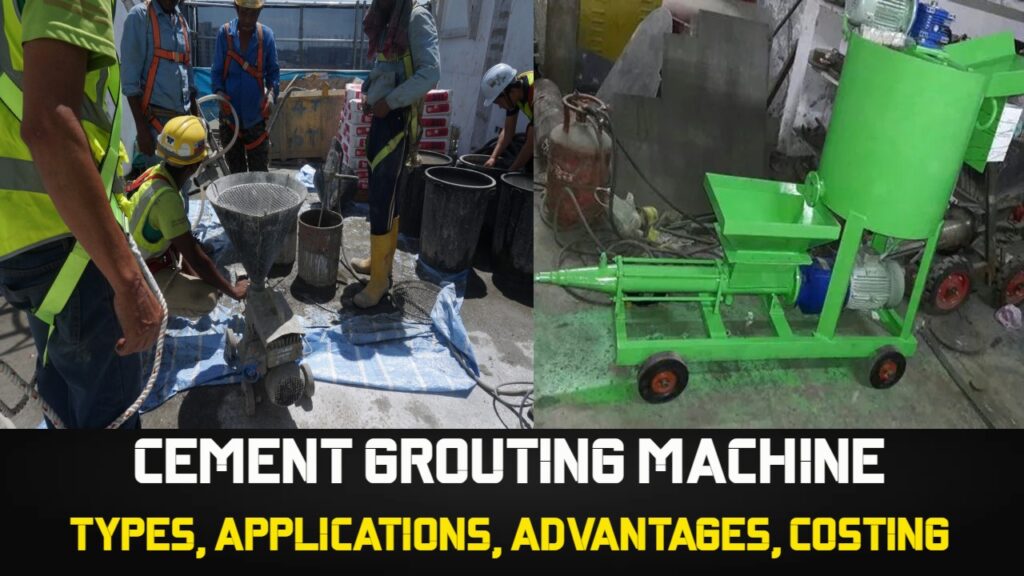Modern architecture relies heavily on glass since it provides transparency, beauty, and practicality. We shall examine the many varieties of glass frequently used in the building sector in this post. Every form of glass, from float glass to smart glass, has a particular use and offers certain advantages for architectural projects.
Glass is a flexible element that improves the aesthetics and practicality of structures in the realm of construction. Glass is used in a variety of applications, from tall buildings to private homes. We shall explore the many varieties of glass used in construction in this post as well as their distinctive characteristics. We will go through the features of each variety of glass, how it is made, and the particular use it is best suited for. So let’s start this adventure of learning about the amazing glass kinds that influence our built environment.
Contents
- 1 Importance of Glass in Building Construction and Design
- 2 Types of Glass Used in Construction
- 3 1. Float Glass
- 4 2. Tempered Glass
- 5 3. Laminated Glass
- 6 4. Insulated Glass
- 7 5. Frosted Glass
- 8 6. Tinted Glass
- 9 7. Wired Glass
- 10 8. Safety or Bulletproof Glass
- 11 9. Decorative Glass
- 12 10. Self-Cleaning Glass
- 13 11. Soundproof Glass
- 14 12. Fire-Resistant Glass
- 15 WATCH VIDEO
- 16 Conclusion
- 17 Frequently Asked Questions – FAQs
- 17.1 Can I use tempered glass for skylights?
- 17.2 Is laminated glass shatterproof?
- 17.3 Can insulated glass reduce energy costs?
- 17.4 Is frosted glass suitable for bathroom windows?
- 17.5 What are the benefits of self-cleaning glass?
- 17.6 How does soundproof glass work?
- 17.7 Can fire-resistant glass withstand high temperatures?
- 17.8 Can tinted glass block UV radiation?
- 17.9 Can decorative glass be customized with specific designs?
Importance of Glass in Building Construction and Design
In the fields of architecture and design, glass is extremely important. Buildings can receive natural light, which fosters a feeling of openness and improves the ambiance. Glass also provides unhindered vistas, opening up interior areas to the outside. It offers practical advantages like energy efficiency and insulation while also adding to the aesthetic appeal of buildings with its transparency and reflecting characteristics. Let’s now explore the numerous forms of glass that are frequently employed in the sector.
Types of Glass Used in Construction
- Float Glass
- Tempered Glass
- Laminated Glass
- Insulated Glass
- Frosted Glass
- Tinted Glass
- Wired Glass
- Safety or Bullet Proof Glass
- Decorative Glass
- Self-Cleaning Glass
- Soundproof Glass
- Fire-Resistant Glass
1. Float Glass
What is Float Glass?
Widely used float glass is distinguished by its flat, smooth surface. It is created by pouring molten glass over a bed of molten tin and letting it spread out into a flat sheet. The name “float glass” is derived from this production method.
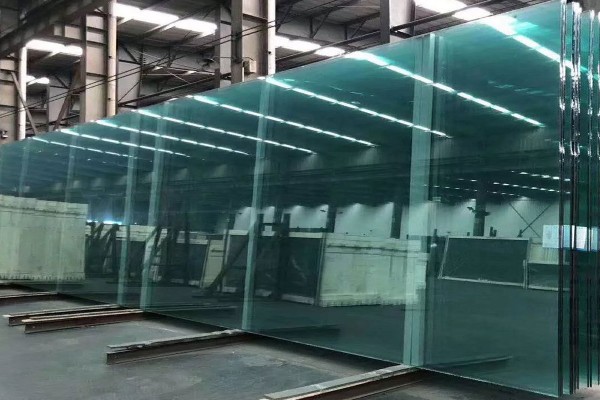
Production Process
Molten glass is poured across a bath of molten tin to create float glass. The glass creates a continuous ribbon with parallel surfaces as it expands and cools. After being gradually cooled, the ribbon is annealed, measured, and cut.
Properties and Uses
Float glass is extremely transparent and has outstanding optical clarity. Windows, doors, glass facades, and walls all frequently employ it. Due to its adaptability, it may be further processed into several types of specialty glass.
2. Tempered Glass
What is Tempered Glass?
Safety glass that has undergone processing to make it stronger is referred to as tempered glass, sometimes known as toughened glass. It can withstand impact and is four to five times stronger than conventional glass.
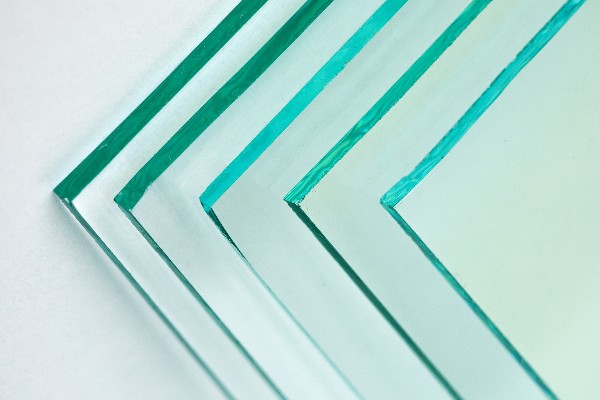
Production Process
Regular glass is heated to a high temperature and then quickly cooled using compressed air to create tempered glass. Surface compression is produced as a result of this process, providing tempered glass its durability and strength.
Properties and Uses
Tempered glass is very hard to break and shatters when it does. Injury risk is decreased when it breaks into little, granular bits as opposed to sharp shards. Applications requiring improved safety, such as glass doors, shower stalls, and car windows, frequently employ it.
Also Read: Understanding Magnesite Bricks: Types, Composition, Construction Applications, Pros, Cons
3. Laminated Glass
What is Laminated Glass?
A form of safety glass known as laminated glass is composed of two or more layers of glass joined by a polyvinyl butyral (PVB) interlayer. When the glass breaks, the interlayer maintains structural integrity and keeps the glass from breaking.
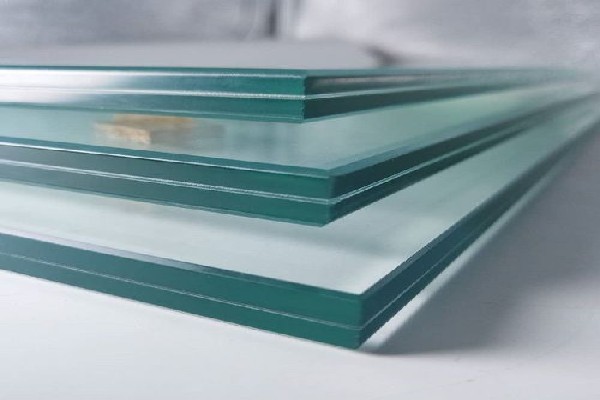
Production Process
Laminated glass is created by sandwiching an interlayer between several layers of glass. The layers are then fused together by applying pressure and heat to the entire structure.
Properties and Uses
Excellent UV protection and sound insulation are provided by laminated glass. Common uses include glass railings, skylights, and hurricane-resistant windows, all of which need a high level of safety and security.
4. Insulated Glass
What is Insulated Glass?
Insulated glass, commonly referred to as double-glazing or multiple-pane glass, is made up of two or more glass panes divided by a tight gap filled with gas or air. Insulation is provided by the gap between the panes, which lowers heat transmission and improves energy efficiency.

Production Process
Insulated glass is made by joining two or more glass panes together with a spacer substance to form an airtight structure. In order to ensure long-term functioning, the edges are sealed to stop moisture or gas escape.
Properties and Uses
Improved thermal insulation, soundproofing, and condensation management are all benefits of insulated glass. For windows, curtain walls, and facades, it is frequently utilized to cut down on energy use and improve occupant comfort.
5. Frosted Glass
What is Frosted Glass?
Decorative glass with a transparent or opaque look is frosted glass. It is made by etching or sandblasting the glass surface on one side to give a matte or frosted appearance.
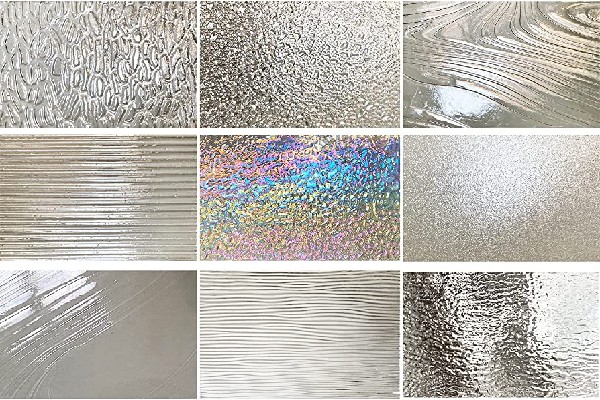
Production Process
Several methods, including acid etching, sandblasting, or adding a frosted layer to the glass surface, can be used to create frosted glass. Through the use of these techniques, one side of the glass is given a rough texture that diffuses light and offers seclusion.
Properties and Uses
In places where seclusion is sought while yet allowing for light transmission, frosted glass is frequently employed. It is used for shower enclosures, doors, windows, and ornamental features in interior design.
6. Tinted Glass
What is Tinted Glass?
The glass that has undergone a coloring treatment to tint it reduces the transfer of heat and light. It is offered in a variety of hues, enabling personalization in accordance with particular needs.
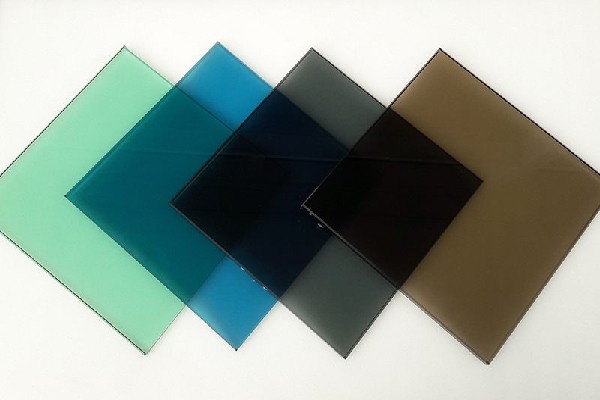
Production Process
Metal oxides are incorporated into the glass throughout the production process to create tinted glass. Glare and heat transmission are decreased by the metal oxides, which absorb some of the light that is transmitted through the glass.
Properties and Uses
By lowering heat gain and shielding against damaging UV rays, tinted glass offers improved solar management. It is frequently utilized to increase energy efficiency and occupant comfort in windows, facades, and skylights.
7. Wired Glass
What is Wired Glass?
By lowering heat gain and shielding against damaging UV rays, tinted glass offers improved solar management. It is frequently utilized to increase energy efficiency and occupant comfort in windows, facades, and skylights.
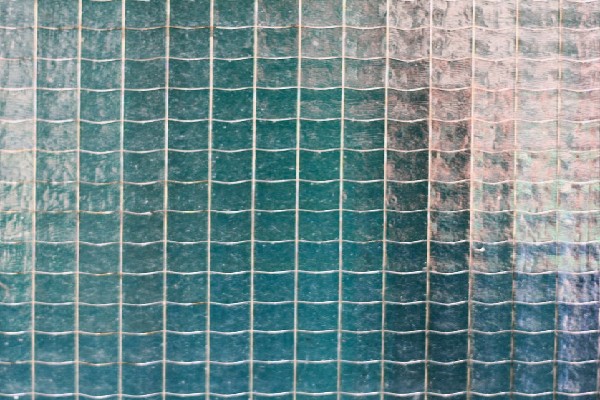
Production Process
During the glass-making process, a wire mesh is inserted to create wired glass. The glass is held together by the wire mesh, which stops it from breaking in the case of a break.
Properties and Uses
Fire-rated doors, windows, and partitions frequently employ wired glass because it gives fire protection. It is useful for applications that need fire protection since it can maintain structural integrity even when shattered.
Also Read: Installing PVC Vinyl Flooring in 6 Steps: A Comprehensive Guide
8. Safety or Bulletproof Glass
What is Safety Glass?
The phrase “safety glass” refers to a broad category of glass intended to reduce the danger of injury. It contains the types of glass that we have already spoken about, such as wired, laminated, and tempered glass.
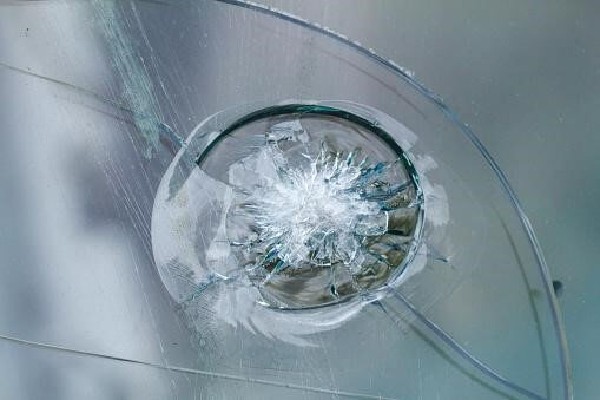
Production Process
Various treatments or interlayers are used during the creation of different safety glass types to improve the glass’s strength and safety features.
Properties and Uses
When there is a possibility of collision or breakage, safety glass is utilized in places like doors, windows, glass balustrades, and car windscreens. It protects against injuries and guarantees the security of the people within.
9. Decorative Glass
What is Decorative Glass?
A flexible kind of glass known as “decorative glass” uses a variety of creative methods to produce designs that are pleasing to the eye. It may have decorative elements such as etching, engraving, painting, or stained-glass designs.
Production Process
In order to achieve the necessary aesthetic effects on the glass surface, trained artisans must use a variety of techniques during the manufacture of decorative glass. These techniques could involve the use of colored paints, acid etching, or sandblasting.
Properties and Uses
Architectural areas are given an aesthetic boost and personality by the decorative glass. It is frequently utilized to create distinctive and eye-catching surroundings in windows, doors, partitions, and interior design components.
10. Self-Cleaning Glass
What is Self-Cleaning Glass?
Low-maintenance glass, commonly referred to as self-cleaning glass, has a unique coating that enables it to disintegrate and wash away impurities when exposed to sunshine or precipitation.

Production Process
Titanium dioxide is applied in a thin coating to the glass surface to create self-cleaning glass. An organic matter-degrading photocatalytic activity is sparked by this layer’s reaction to sunlight.
Properties and Uses
Self-cleaning glass is appropriate for big or difficult-to-reach glass surfaces since it requires less manual cleaning. It is frequently used in windows, skylights, and facades, especially in locations where dust and pollution are a problem.
11. Soundproof Glass
What is Soundproof Glass?
Acoustic glass sometimes referred to as soundproof glass, is made to reduce the transmission of sound waves, hence lowering noise levels within buildings and minimizing noise pollution.
Production Process
Multiple layers of glass are laminated together using specialized acoustic interlayers to create soundproof glass. Sound waves are muffled by these interlayers, which prevents them from penetrating the glass.
Properties and Uses
The glass that is soundproof has great noise reduction qualities, making it perfect for locations close to busy roads, airports, and other loud regions. It is frequently used in conference rooms, windows, and dividers to make spaces feel calm and cozy.
12. Fire-Resistant Glass
What is Fire-Resistant Glass?
A unique kind of glass known as “fire-resistant glass” acts as a barrier to stop the spread of fire, heat, and smoke. It aids in defending inhabitants and keeping the fire contained to defined regions.
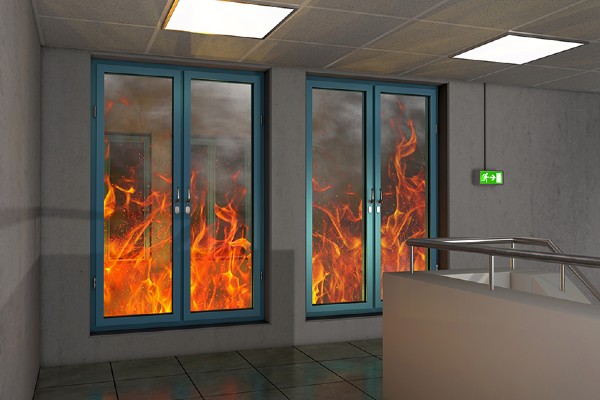
Production Process
Special additives are added to the glass composition to make it fire-resistant, or numerous layers of glass are laminated together with fire-resistant interlayers. These interlayers or additives offer resistance to flames and high temperatures.
Properties and Uses
Fire-resistant glass provides fire safety by being structurally sound even when exposed to intense heat. To stop the spread of fire and create safe escape routes, it is utilized in fire-rated doors, windows, and partitions.
WATCH VIDEO
Conclusion
Glass provides transparency, beauty, and usefulness, making it a crucial part of contemporary buildings. We have looked at a variety of glass kinds used in building in this article, including laminated glass, insulated glass, and a variety of specialty glass possibilities. Architectural projects may benefit from the distinct qualities, advantages, and uses that each form of glass offers, providing privacy, safety, and energy efficiency.
Architects, builders, and designers may make wise judgments and produce stunning structures that blend in with their surroundings while fulfilling particular needs by being aware of the qualities and uses of different glass varieties.
Frequently Asked Questions – FAQs
Can I use tempered glass for skylights?
Yes, tempered glass is commonly used for skylights due to its strength and safety features.
Is laminated glass shatterproof?
Yes, laminated glass is designed to remain intact even when shattered, providing safety and security.
Can insulated glass reduce energy costs?
Yes, insulated glass helps improve energy efficiency by reducing heat transfer and lowering heating and cooling costs.
Is frosted glass suitable for bathroom windows?
Yes, frosted glass offers privacy while allowing natural light to enter, making it a popular choice for bathroom windows.
What are the benefits of self-cleaning glass?
Self-cleaning glass reduces the need for manual cleaning, saves time and effort, and keeps glass surfaces looking clean and spotless.
How does soundproof glass work?
Soundproof glass uses specialized interlayers to dampen sound vibrations, minimizing noise transmission and creating a quieter indoor environment.
Can fire-resistant glass withstand high temperatures?
Yes, fire-resistant glass is designed to withstand high temperatures and flames, providing a barrier against the spread of fire and protecting occupants.
Can tinted glass block UV radiation?
Yes, wired glass is commonly used in fire-rated doors, windows, and partitions due to its ability to retain structural integrity even under fire conditions.
Can decorative glass be customized with specific designs?
Yes, decorative glass can be customized with various artistic techniques, allowing for unique and personalized designs.
